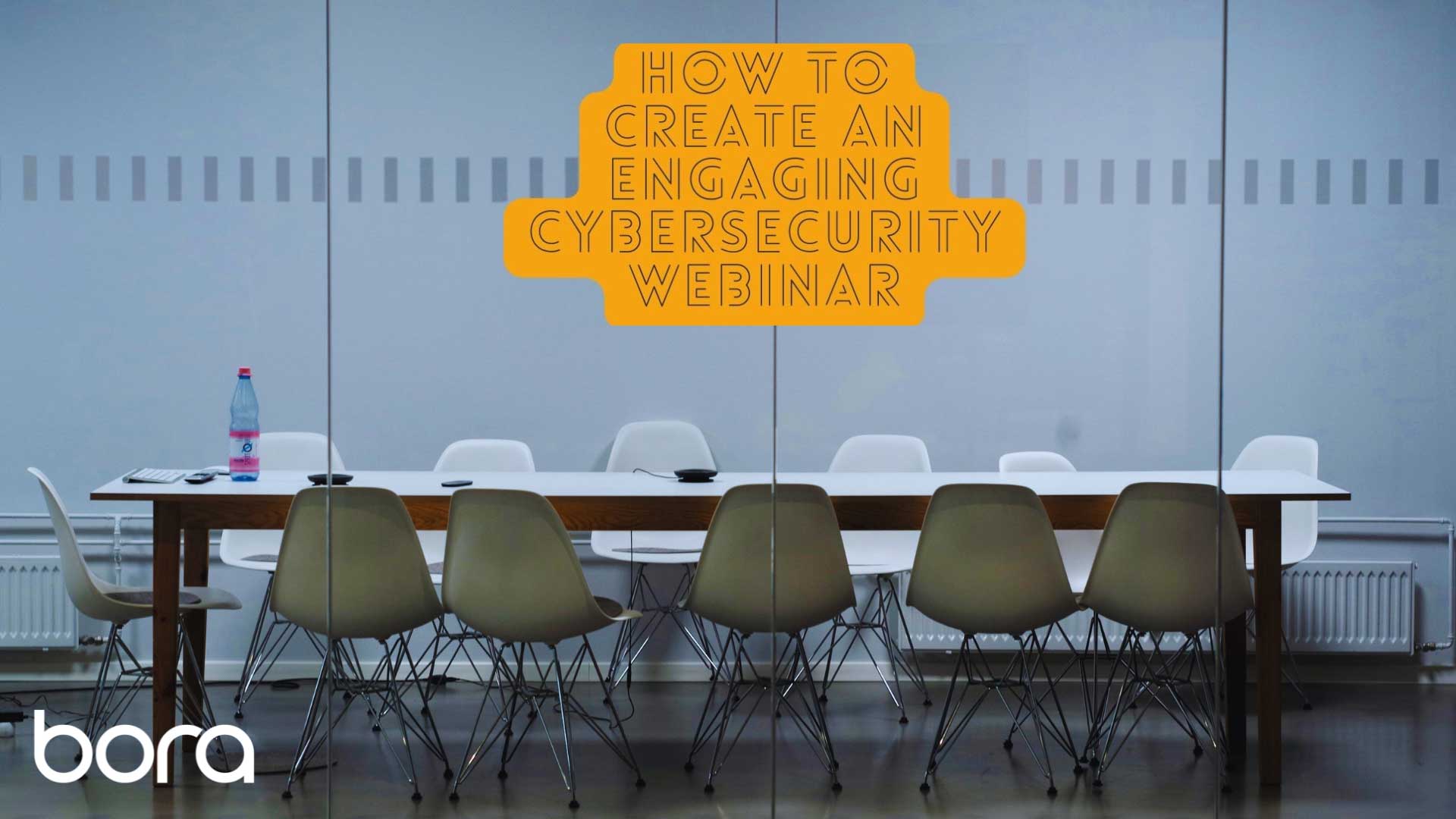2020 was a magnificent year for webinar attendance, and no prizes for guessing the reasons behind that. According to ON24 April, 2020 saw a 167% increase in webinars run on their hosting platform, compared to the 2019 average.
So, what are we seeing now? What role do webinars play in developing your marketing campaign? How can you create highly valuable engagement?
Let’s start at the beginning.
What is a webinar?
Whilst webinars themselves stretch back to the 1980s, the word itself came into existence in 1998 as a portmanteau of two words – web and seminar.
A webinar is an event held virtually and attended by an online audience. It allows a large group of participants to attend from anywhere in the world with an internet connection.
What are the benefits of using a webinar as part of your marketing mix?
Each strand of your marketing campaign plays a role in communicating a message – or part of a message – to the audience. You can read a bit more about that in my recent blog (point 6). Webinars provide a unique way to communicate with your audience and engage them more fully in your products and services.
- You can target your audience and, whilst anyone can attend, you can be clear up front as to who will benefit and use targeted marketing to reach them.
- People get to meet you! You aren’t hiding behind a keyboard or even a voice on the phone. They get to see a real person which gives them so much information about your business, even just through body language. It can build trust, demonstrate expertise, and build a strong connection.
- People are brought through the funnel to a sale. You can move participants from curious to becoming site visitors and then ultimately, customers.
- You aren’t restricted by geography or even time zones. You can choose the best time for your core audience (interestingly early afternoon, midweek) and make a recording that others can watch at their convenience.
How you can create a great webinar
1. Take time to prepare
There can be a long list of things to prepare – generating good ideas, setting your goals, selecting a platform, identifying and preparing the host and contributors, creating your slides, organizing downloadable materials, promoting, and preparing for what your follow-up looks like. In my experience, six weeks ahead of your go-live date will offer ample time for great preparation.
2. Select a great host
The host represents the audience. The ideal host needs to be passionate and curious about the subject matter, but not necessarily an expert. The host needs to be able to think quickly and manage the timing and flow of the conversation.
3. Include experts from within and outside your organisation
Having a panel is a really engaging format for cybersecurity and a great way of bringing of adding a fresh dynamic to your webinar. Internal experts can help show the relevance of the solutions being offered as well as often having the latest insights on the market needs. External experts add credibility and prestige to your message and can also help you reach a wider audience than your company alone may attract. This is an example of a webinar we prepared doing just that.

4. Choose a hosting platform
If you don’t have your own technology to host a webinar, there are many great platforms out there. Personally, I love BrightTalk, but there are loads of options to suit your budget and your needs. Other popular platforms include ClickMeeting, GoToWebinar, and Zoom.
5. Duration
This, of course, should suit the subject matter, but you want to keep your audience engaged right to the end. Longer webinars appeal more to an audience who is already engaged on the subject and wants to go in-depth, but the ideal length for a webinar is between 30 and 45 minutes. (CloudInCome). Be sure NOT to run over, and plan in plenty of time for Q&As.
6. Tone
Think “audience first.” No one is attending to watch an hour-long commercial (QVC excepted). One of the key elements that will put your audience off is if they are subject to an extended sales pitch. Of course, everyone expects that there will be a sales element at some point, but your audience wants to learn something useful that they didn’t know before.
7. Vary your content to ensure broad appeal
Plan to engage with different personality types and learning styles. If you know anything about Myers-Briggs, or the more straightforward ‘colours’ from Insights Discovery, you will know that people learn and interact in different ways.

Make sure you include a variety of different ways of capturing peoples’ engagement – videos, polls, Q&As, links for further detail, etc.
- Polls are only used in 34% of webinars (CloudInCome), but they are a great way to get people thinking.
- Survey respondents rate webinar video integrations as a 7.8 in importance on a scale of 10 (ON24).
- 92% of webinar attendees say the end of your event must include a live Q&A session (Truelist).
Whatever you do, be smart and heed with words of Don McMillian:
8. Make time and effort to promote
- Email is the most effective tool in webinar promotion. Recent surveys show that solicitations through email account for 73% of webinar signups. Don’t forget to use your company website and blog, as they too could deliver up to 14% of the registrations. Attendance statistics further indicate that Facebook, Twitter, LinkedIn, or other social media could get you up to 15% of webinar registrations. (GoToMeeting, Inc.com)
- It is also important to send a reminder a few hours before the start of the event to remind people to attend and a recap of the benefits.
- The most successful webinars start promotion at least 15 days in advance (ON24), but don’t panic, 47% of attendees only register at least eight days before the webinar date, and many people actually sign up the day before or on the day.
9. Budget
Consider if you need to allocate budget. You might want to bring experts in who expect a fee, you might need help to polish up slides, or you may want to invest to run some paid promotions.
10. Follow up
Don’t let this opportunity fade by failing to have a follow up strategy. At the very least, send the attendees a thank you email, and ask for feedback to make improvements to future webinars. Attendees may also appreciate a recording of the event, so include a download link. Plus, you can offer this to those who were unable to attend the live event.
When it comes to cybersecurity webinars, Bora can help you by identifying, researching and preparing experts to participate. We can write a discussion document for the webinar and prepare any slide content you need. We can also help you identify a suitable host for the webinar, or even find one for you. Contact us to see if a webinar may be the right solution for your next cybersecurity marketing campaign.




